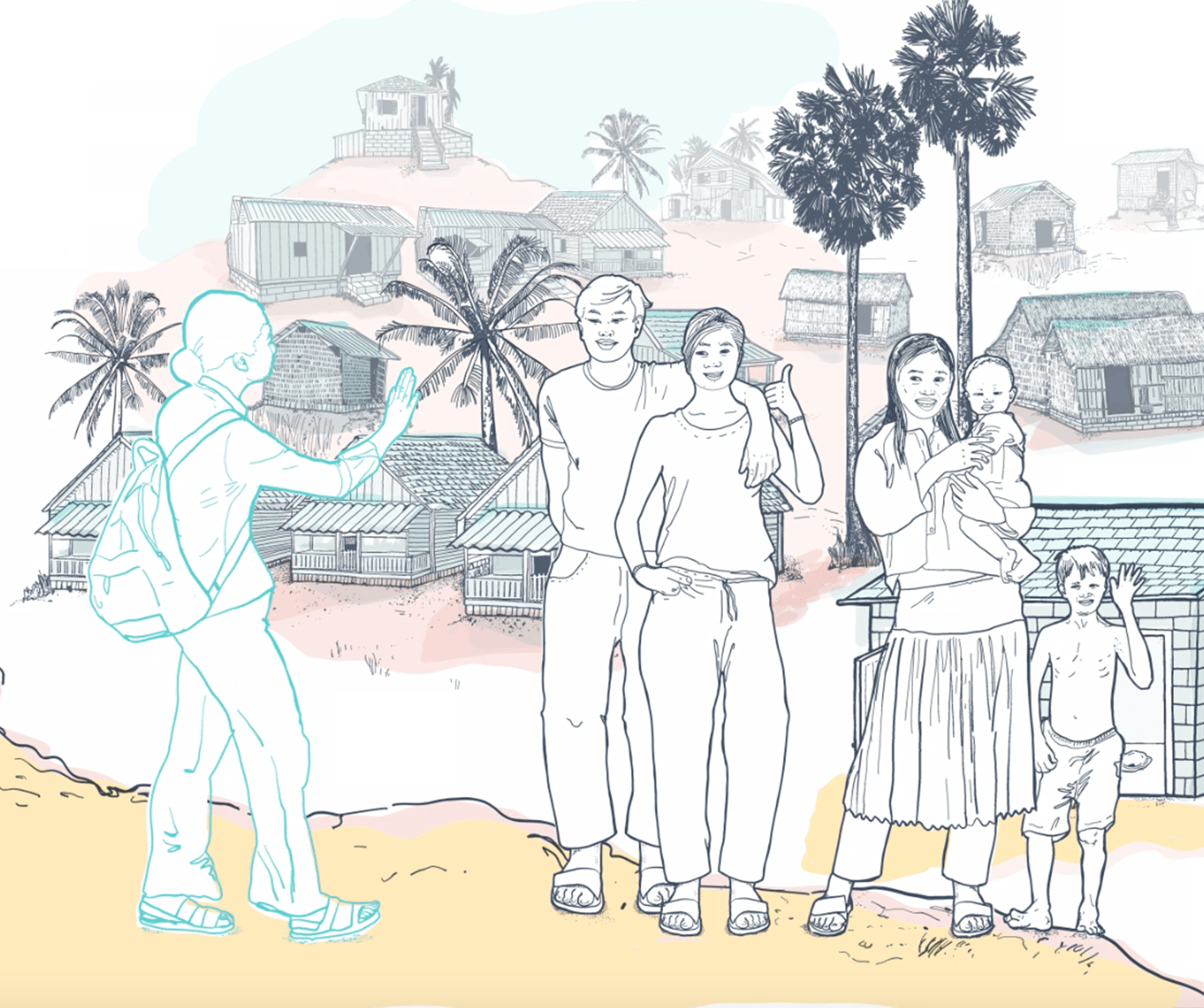Making simple modifications to programme and organisational processes can help ensure that CLTS methodologies contribute most effectively to the overall reduction in vulnerabilities to violence.
Concerns over safety, privacy or dignity when using sanitary facilities can lead to them not being used or only being used during hours of darkness. While poor design or siting of latrines or hygiene-related facilities are not the root cause of violence, they can contribute to increased vulnerabilities to violence, as well as fear of violence, which can affect how facilities are used and also the ability of communities to become and remain open defecation free (ODF).
This issue of Frontiers of CLTS focuses on safety and vulnerabilities to violence that women, girls and sometimes boys and men can face in accessing sanitation and hygiene (S&H). It points out areas in which CLTS methodologies, if not used skilfully with awareness and care, can create additional vulnerabilities – for example, as a by-product of community pressure to reach ODF. It also looks at good practices within organisations to ensure that practitioners know how to design programming to reduce vulnerabilities to violence and to ensure that sector actors also do not become the perpetrators of, or face violence.








